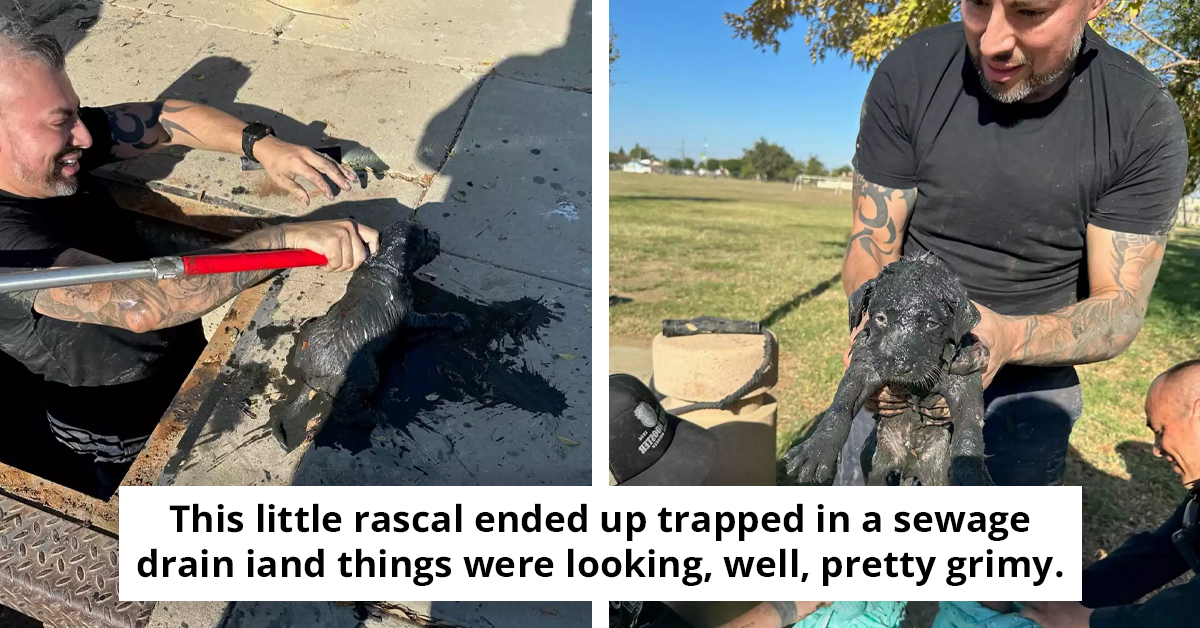Man Releases 60 Starlings in New York's Central Park, Leading to Their Population Increase Across the US, and They Now Cause Damages Worth Billions
Shakespeare's poems and plays frequently feature birds. However, in the US, one of the bard's birds has turned into a serious annoyance.
Sixty additional species, including choughs, wrens, cormorants, owls, nightingales, larks, and others, have a place in the playwright's canon. Bird lovers have been inspired by such metaphors for generations, so much so that a German immigrant named Eugene Schieffelin thought it would be a fantastic idea to bring as many of Shakespeare's birds to North America as he could in 1890.
He released 60 starlings into Central Park in New York on a chilly winter day, hoping that they would begin to procreate. Regrettably, they did.
An estimated 200 million European starlings are already living in the US. Starlings are the fighters of the avian world because they are thickset and aggressive.
As a result of their current annoyance, they are one of the only bird species that are not legally protected. The consequences of a starling flock colliding with a plane can be disastrous.
They were responsible for the deadliest bird strike in US aviation history in 1960. When a plane took off from Boston's Logan Airport, birds flew into its engines, causing the aircraft to crash into the harbor and killing all 62 people on board.
Meet u/geekteam6, a redditor who has an interesting piece of information to share with the TodayILearned subreddit community

There are now over 200 million European starlings across the US, causing billions in crop damage and deadly hazards at airports

The post has more than a thousand comments, and here are a bunch of them below
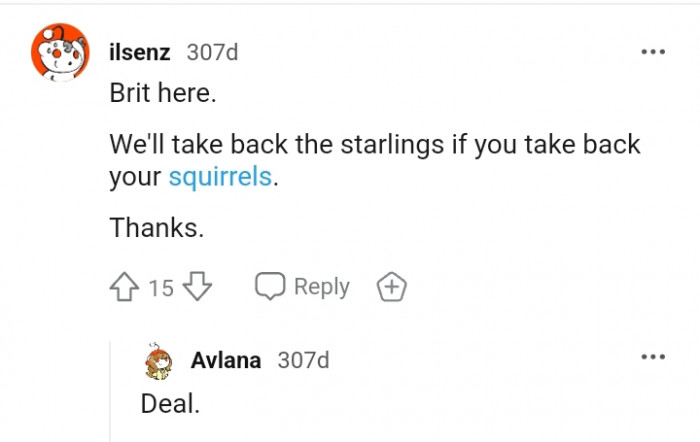
The Ecological Impact of Introduced Species
This article raises important questions about the ecological consequences of introducing non-native species, such as starlings, into new environments. Research from the National Audubon Society indicates that introduced species can disrupt local ecosystems, often leading to significant biodiversity loss. Understanding these impacts is crucial for effective wildlife management and conservation strategies.
The case of starlings serves as a reminder of the delicate balance within ecosystems and the potential unintended consequences of human actions.
The character who mentions starlings in Shakespeare

Honeybees are an invasive species
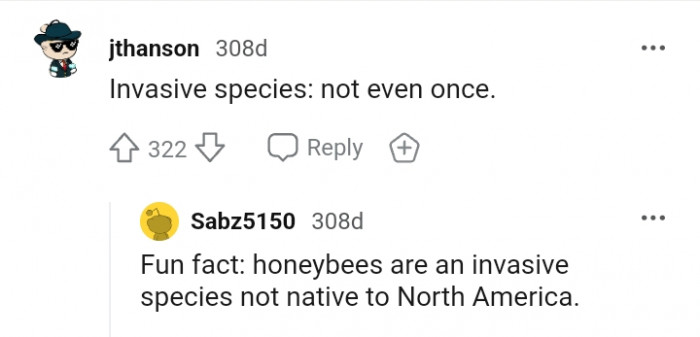
You should definitely tweet that

The economic implications of invasive species are also noteworthy, as highlighted in studies published by the Environmental Management journal. Invasive species can cost agriculture billions in damages, affecting food security and local economies. This underscores the need for proactive measures in wildlife management to prevent such ecological disruptions.
By fostering awareness of the economic impacts of invasive species, communities can better mobilize resources for conservation efforts.
That may be a story that was made up later
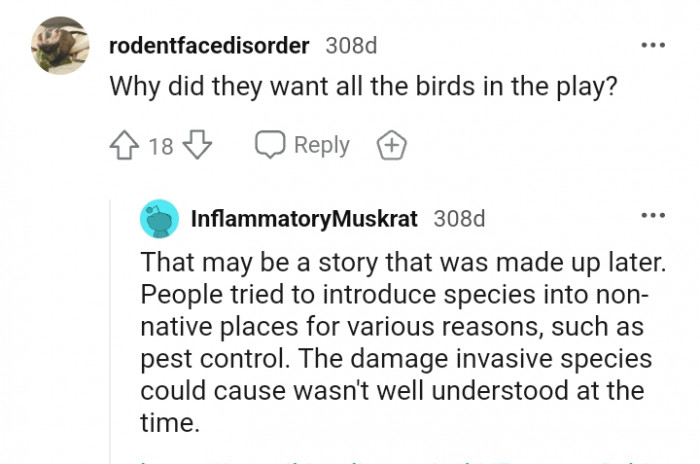
Ignoring the invasive species aspect

I'm facepalming too

Promoting Responsible Wildlife Management Practices
To mitigate the risks associated with invasive species, responsible wildlife management practices are essential. Research from the Wildlife Society emphasizes the importance of public education and community involvement in conservation efforts. By engaging local communities in monitoring and managing wildlife, we can work towards preserving native species and ecosystems.
Encouraging citizen science initiatives can empower individuals to contribute to conservation efforts and foster a sense of ownership over local ecosystems.
NZ wins the stupid award for whatever bright spark
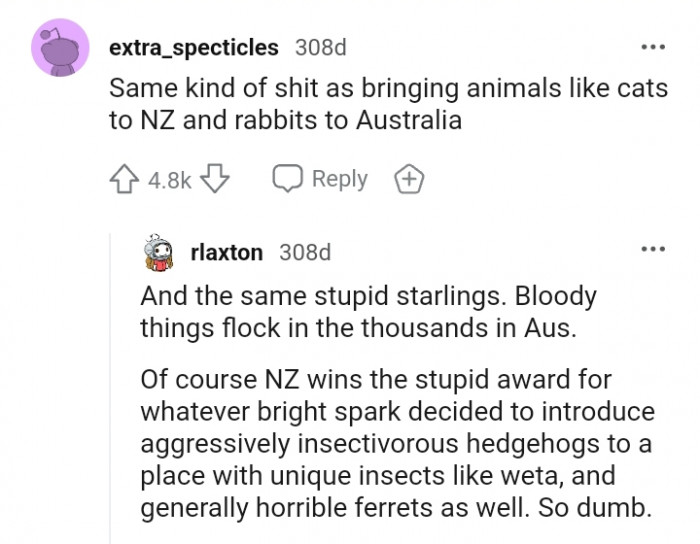
The last thing this country needs is...

Who else has watched Ozark?

Implementing strategic policies for wildlife management can also enhance the effectiveness of conservation efforts. According to the Journal of Wildlife Management, adopting science-based approaches to invasive species management can yield significant ecological and economic benefits. By prioritizing research-driven strategies, communities can better navigate the complexities of wildlife conservation.
Fostering collaboration among stakeholders can lead to more effective solutions in managing invasive species and preserving biodiversity.
They come not single spies, but in battalions

They are absolute surgeons with their beaks

Literature is more powerful than the credit it's given

You need enough time to perfectly answer this question

This Redditor is thinking about the passenger pigeon
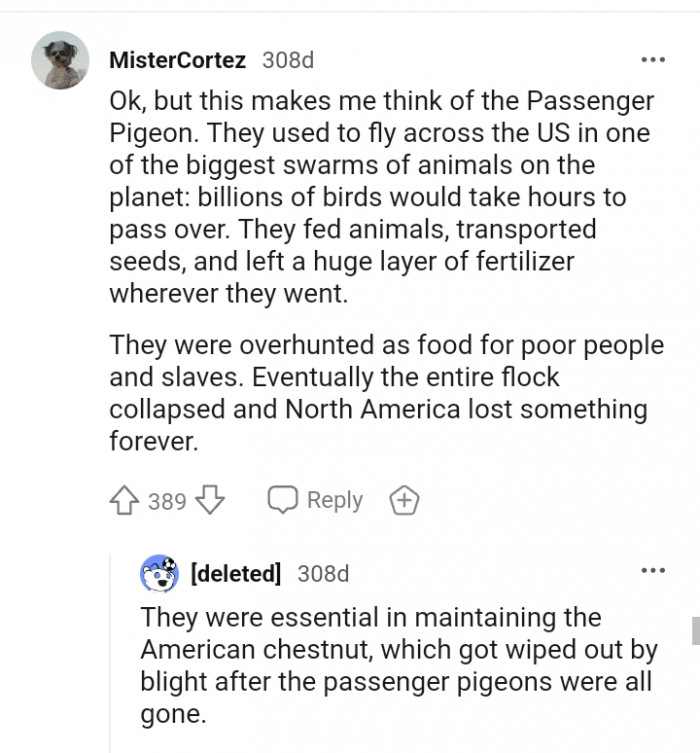
This Redditor has a short story to share
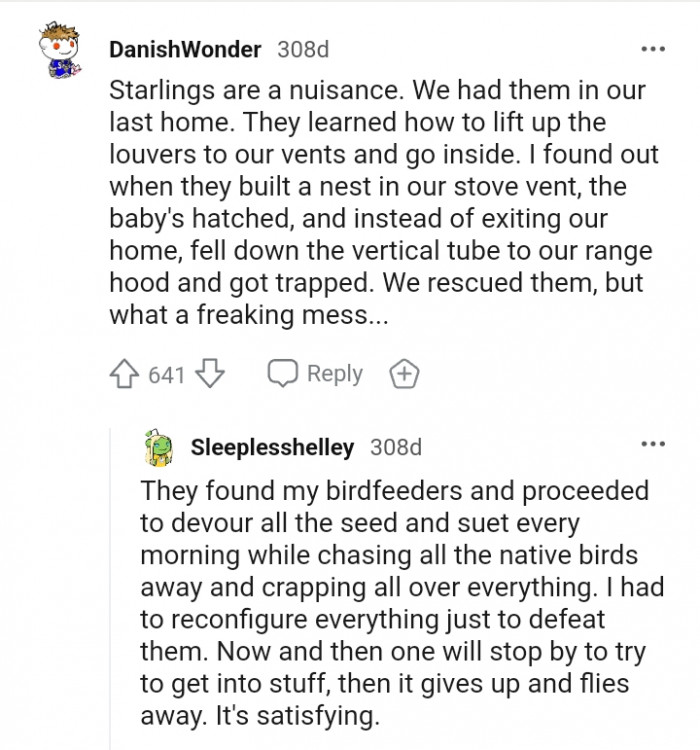
The connection to Shakespeare is a made-up story

They have largely been kept out

This Redditor's favorite example is the beaver population

The town did maintenance on the old water tower and...

As holes are typically inaccessible to predators, starlings provide one of the safest environments for egg-laying. According to scientists, there is a connection between the rise in starling populations and the decline of native species, including the bluebird, purple martin, and red-headed woodpecker.
However, they are not absolutely certain that starlings are the cause, and starling populations are slightly declining as well, albeit not drastically enough to affect how they impact the ecosystem.
Psychological Analysis
This situation highlights the complex challenges posed by invasive species in ecosystems. The introduction of starlings serves as a reminder of the need for careful wildlife management to protect native species. By fostering community awareness and involvement in conservation efforts, we can work towards mitigating the impacts of invasive species on local environments.
Analysis generated by AI
Analysis & Alternative Approaches
The case of starlings exemplifies the intricate relationships between human activity, ecology, and economy. According to the Journal of Conservation Biology, understanding these dynamics is crucial for developing effective conservation strategies. By promoting responsible wildlife management, communities can protect native species and ensure the sustainability of their ecosystems.


